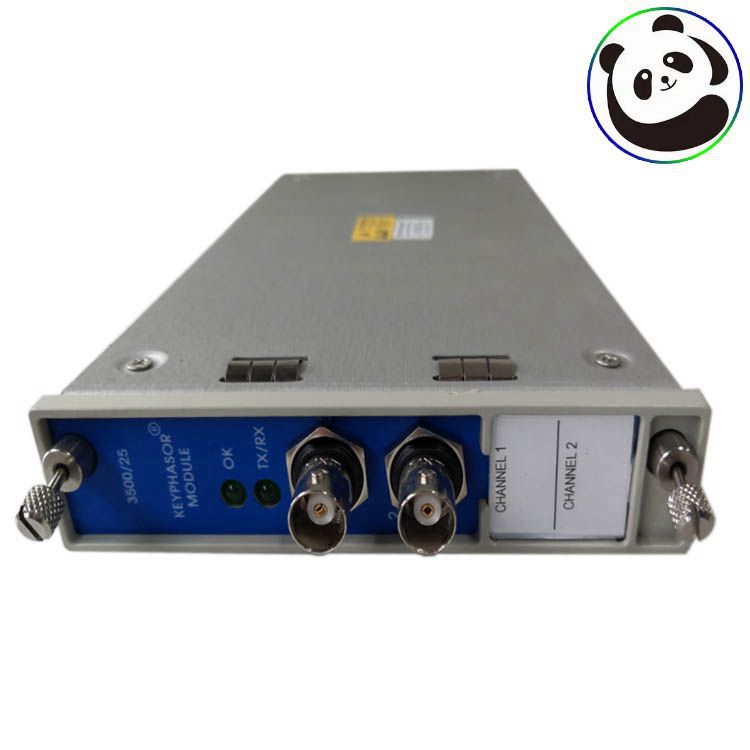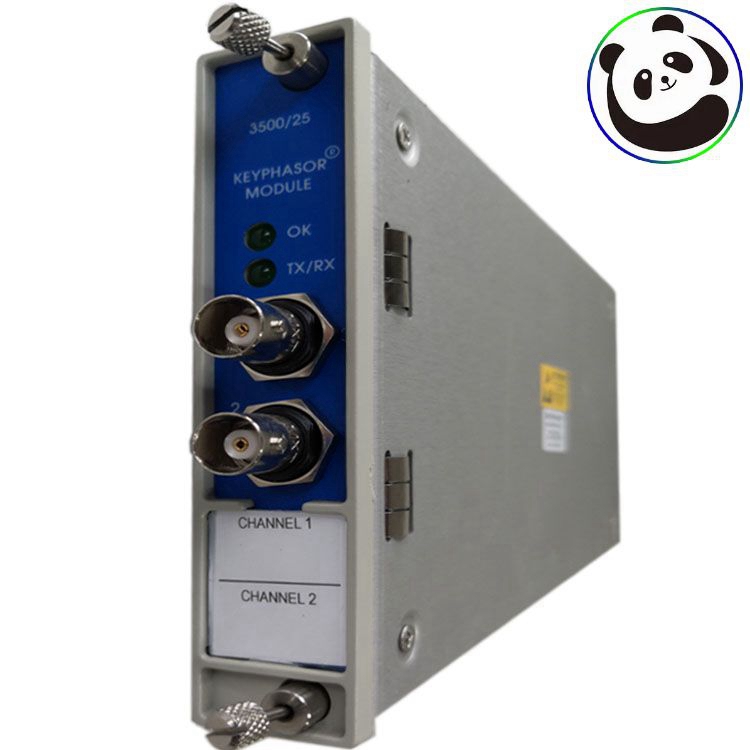.很多产品暂未上架 更多产品请联系我们
.如产品型号与展示图片不一致,以型号为准。具体产品图片联系我们,我们会安排到仓库拍照确认
.我们在全球有16个共享仓库,所以有时需要几个小时才能给您准确答复,当然,我们会尽快回复您的疑虑
The Bently Nevada 3500/25 Enhanced Keyphaser Module is a half-height, two-channel module used to provide Keyphasor signals to the monitor modules in a 3500 rack.
This module accepts input signals from proximity probes or magnetic pickups and converts these signals into digital Keyphasor signals. These signals indicate when the Keyphasor mark on the shaft coincides with the Keyphasor transducer. The 3500 Machinery Protection System can accept up to four Keyphasor signals for a normal configuration and up to eight Keyphasor signals in a paired configuration.
The Enhanced Keyphasor Module is an improved version of the 3500 system module. It provides expanded Keyphasor signal processing capabilities compared to the previous design, while still being compatible with existing Keyphasor modules for use in legacy systems.
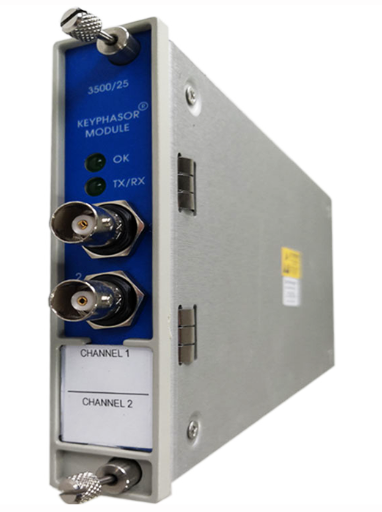
SPECIFICATIONS
Part Number: 3500/25
Manufacturer: Bently Nevada
Series: 3500
Product Type: Keyphasor Module
Product Description:
Bently Nevada created the 3500/25 Enhanced Keyphasor Module. It’s a half-height, two-channel module that sends Keyphasor signals to monitor modules in a 3500 rack. When the Keyphasor mark on the shaft aligns with the Keyphasor transducer, the module uses magnetic pickups or proximity probes to detect the alignment and transforms the input signals into digital Keyphasor signals.
3500/25 Functional Description
The 3500 Machinery Protection System can take up to four Keyphasor signals for ordinary setup and up to eight for paired configuration.
A keyphasor signal, which is produced by a rotating shaft or gear once per turn or several times per turn, can be used to precisely detect timing.
As a consequence, 3500 monitor modules and external diagnostic tools can evaluate shaft rotative speed and vector properties such as 1X vibration amplitude and Phase.
Enhanced Keyphasor Module
The Upgraded Keyphasor Module is a 3500 system module that has been enhanced. While retaining complete downward compatibility in terms of shape, fit, and function with current Keyphasor modules for use in legacy systems, it provides enhanced Keyphasor signal processing capabilities over the previous design. The updated 149369-01 module completely replaces the PWA 125792-01 Keyphasor module.
When a system Keyphasor input is required for Triple Modular Redundant (TMR) applications, the 3500 system should employ two Keyphasor modules. In this configuration, the modules work in simultaneously to provide a primary and secondary Keyphasor signal to the other modules in the rack.
A system with more than four primary Keyphasor input signals may employ a paired configuration if there are no more than four primary Keyphasor input signals.
3500/25 Operation
A paired arrangement requires two successive monitoring sites in either the upper/lower half-slot positions or both half-slot positions. Four Keyphasor modules will provide four output channels and four input channels (four primary and four backup) (one per module).
It is also possible to set up three Keyphasor modules, two of which are connected and one of which is not. The single unpaired Keyphasor can be configured in this manner by the user (order either two 2-channel or one 1-channel and one 2- channel option)
Isolated Keyphasor I/O module
The Isolated Keyphasor I/O module is intended for usage in scenarios where multiple devices are concurrently linked to Keyphasor signals and separation from other systems, such as a control system, is required.
Despite being built primarily for Magnetic Pickup applications, the Isolated I/O module is compatible with and will provide isolation for Proximitor* applications if an external power source is available.
The major purpose of this I/O module was to measure shaft speed rather than phase. The module may offer phase measurements, albeit it introduces a somewhat higher phase shift when compared to the Non-Isolated I/O version. Product enhancements include the generation of once-per-turn event signals from multievent-per-turn inputs, field-upgradable firmware, and asset management data reporting.
Input Signal Specifications
Each Keyphasor Module can receive up to two transducer signals from magnetic pickups or proximity probe transducers. The input signal range for non-isolated I/O modules is +0.8 V to 21.0 V, whereas isolated I/O modules have a range of +5 V to -11 V.
Signals that fall outside of this range are internally limited by the module. Passive magnetic pickups require a shaft rotating speed of more than 200 rpm (3.3 Hz). Each Keyphasor Module can receive up to two transducer signals from magnetic pickups or proximity probe transducers. The input signal range for non-isolated I/O modules is +0.8 V to 21.0 V, whereas isolated I/O modules have a range of +5 V to -11 V.
Signals that fall outside of this range are internally limited by the module. Passive magnetic pickups require a shaft rotating speed of more than 200 rpm (3.3 Hz).
| 3500/15 |
| 3500/20 |
| 3500/20-01-01-00 |
| 3500/20-01-02-00 |
| 3500/20-02-02-00 |
| 3500/22 |
| 3500/22-01-01-00 |
| 3500/22-01-02-00 |
| 3500/22M |
| 3500/22M(138607-01) |
| 3500/22M(288055-01) |
| 3500/23E |
| 3500/25 |
Our company is a company specializing in large systems (distributed control system, programmable controller, redundant fault tolerant control system, robot system) spare parts sales for many years. Our main brands are Foxboro, Tricon, Bently, Honeywell, Ovation, MOTOROLA, Xycom, ABB, Allen-Bradley, Schneider, Siemens, GE Fanuc, Askawa, Woodward and other high-tech enterprises which are automatic system spare parts sales and system integration. We are committed to providing parts support for your installed control systems and drives through spare parts service. We have a large internal inventory including (DCS, PLC, CNC), panel controllers, HMI, industrial PCS, drives, power and servo motors and production control system parts to reduce the maintenance cost of your spare parts. We've also released a lot of new hardware to help support your existing installation or take advantage of the latest technology.
 LAM 810-800082-043 PCBA VME BREAKOUT
LAM 810-800082-043 PCBA VME BREAKOUT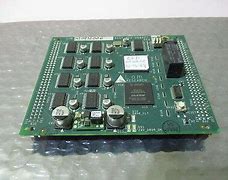 LAM 810-082745-003 Circuit Board PCBALONWORKS NODE
LAM 810-082745-003 Circuit Board PCBALONWORKS NODE LAM 810-082745-003 Circuit Board PCBALONWORKS NODE
LAM 810-082745-003 Circuit Board PCBALONWORKS NODE LAM 810-069751-114 PCBA NODE TYPE 411 CE
LAM 810-069751-114 PCBA NODE TYPE 411 CE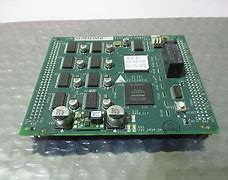 LAM 853-049542-173 ASSY TEMP CONT 24-CHANNEL
LAM 853-049542-173 ASSY TEMP CONT 24-CHANNEL LAM 810-001489-016 PCBAROCKER VALVE INTFC BDI CE
LAM 810-001489-016 PCBAROCKER VALVE INTFC BDI CE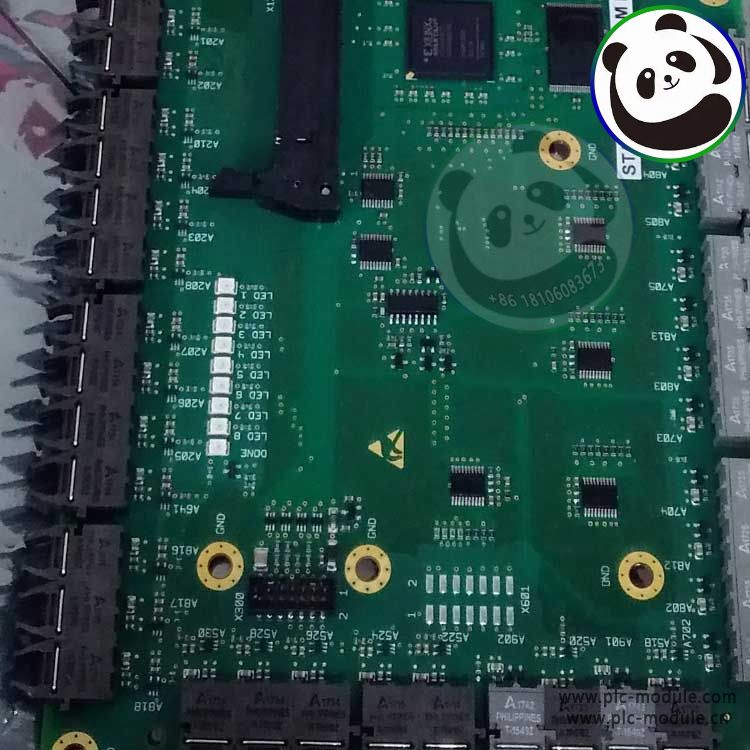 LAM 810-066590-004 PCBA.3-AXIS STPR DRIVER INTFC
LAM 810-066590-004 PCBA.3-AXIS STPR DRIVER INTFC LAM 810-046015-010 PCBA VIOP III BOARD
LAM 810-046015-010 PCBA VIOP III BOARD LAM 810-800081-022 PCB ASSY P2MB.V ME.ETCH
LAM 810-800081-022 PCB ASSY P2MB.V ME.ETCH LAM 810-102361-222 PCBA CHAMBER MUX
LAM 810-102361-222 PCBA CHAMBER MUX

